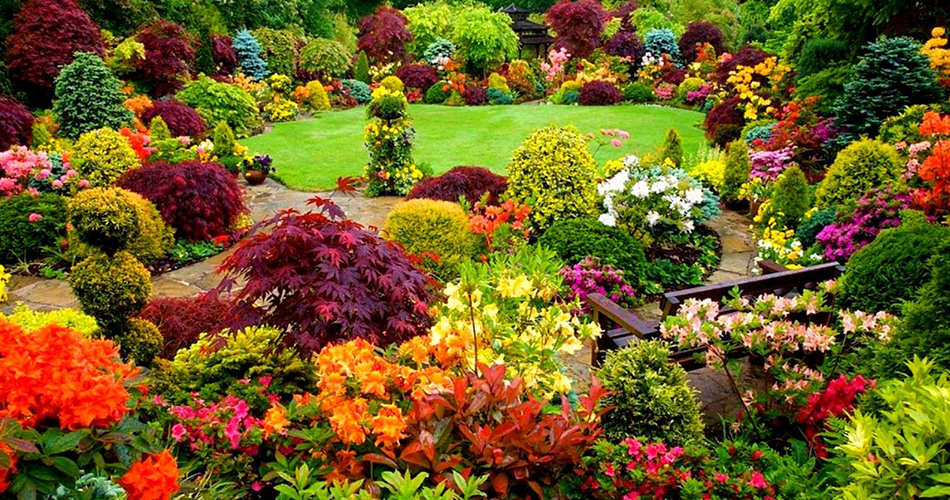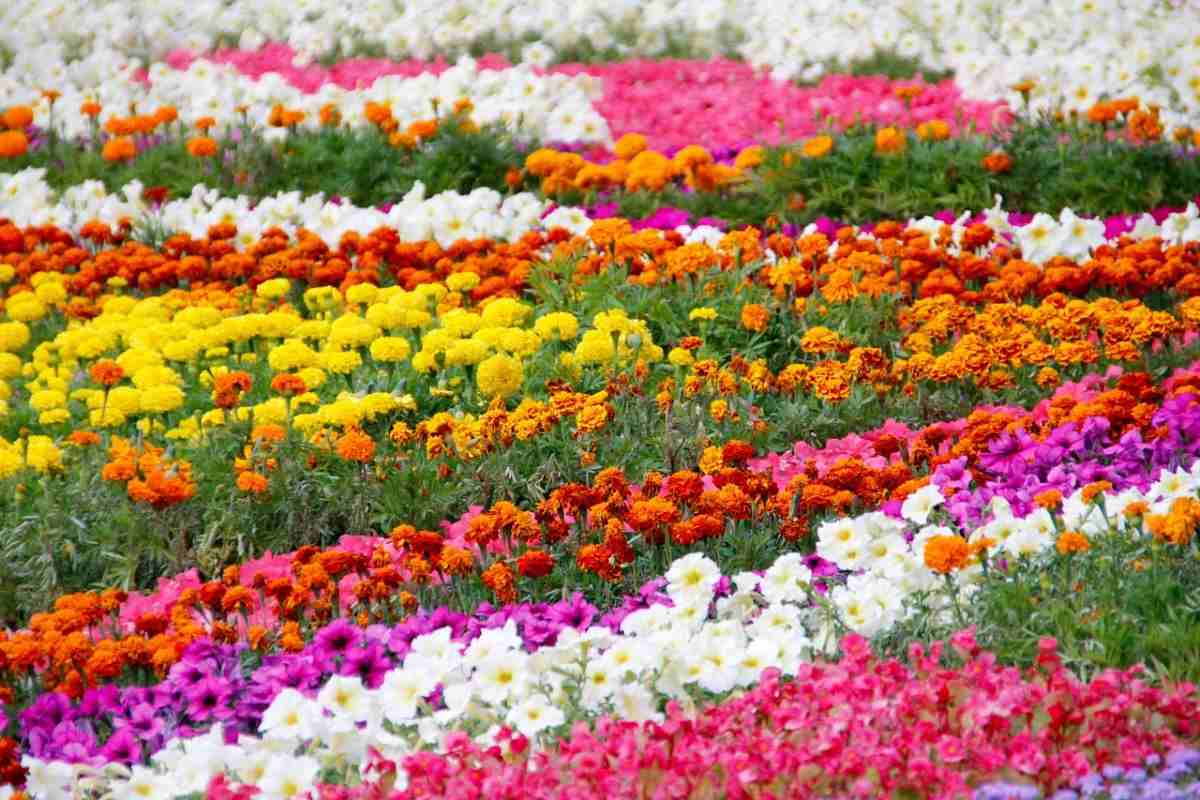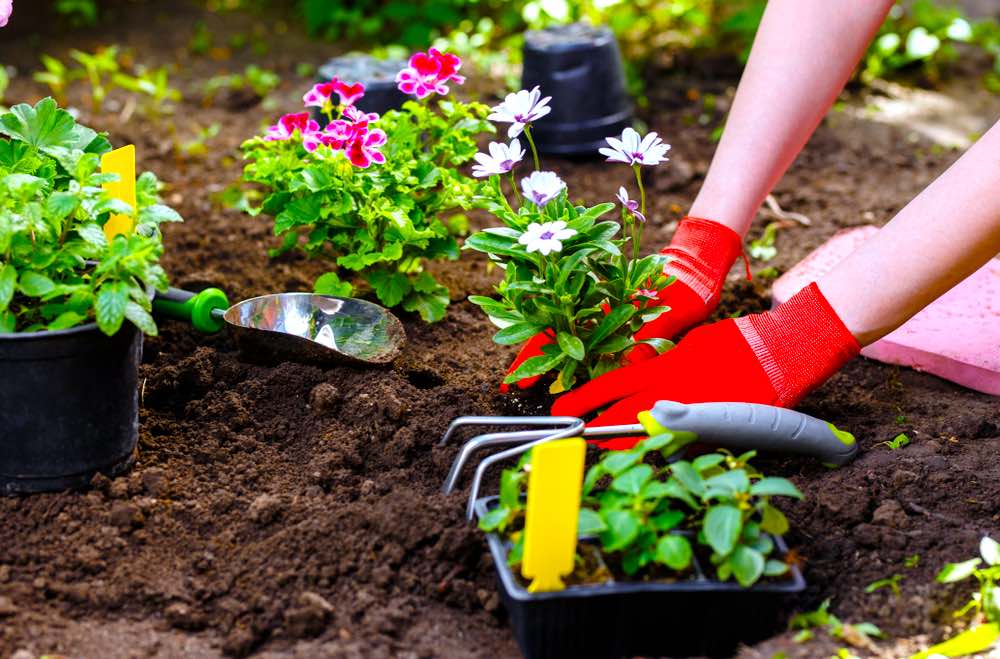How to Start a Flower Garden for Beginners: A Comprehensive Guide

Are you dreaming of a vibrant, blooming oasis in your backyard? Starting a flower garden can be an incredibly rewarding experience, transforming your outdoor space into a haven of beauty and tranquility. Whether you're a novice or have a green thumb, this beginner's guide will walk you through the essential steps to create a stunning flower garden. Let's dive in!
Why Start a Flower Garden?
Before we get into the nitty-gritty, let's explore why flower gardening is such a wonderful hobby. Not only does it add aesthetic appeal to your home, but it also offers numerous benefits. Gardening can reduce stress, improve your mood, and even boost your physical health. Plus, who doesn't love the satisfaction of watching something you've nurtured grow and thrive?
Getting Started: Planning Your Beginner Flower Garden
Choose the Right Location
The first step in starting a flower garden is selecting the perfect spot. Most flowers thrive in areas with plenty of sunlight, so look for a location that gets at least six hours of sun per day. Avoid areas with heavy shade or poor drainage, as these can hinder plant growth.
Select Your Flowers
Choosing the right flowers is crucial for a successful garden. Consider the climate and soil conditions in your area. Some popular beginner-friendly flowers include:
- Marigolds: Known for their vibrant colors and easy care.
- Pansies: Hardy and versatile, perfect for cooler climates.
- Zinnias: Bright and cheerful, they attract pollinators.
- Daisies: Simple to grow and add a classic touch to any garden.
Prepare Your Soil
Healthy soil is the foundation of a thriving garden. Test your soil's pH level to ensure it's suitable for your chosen flowers. Most flowers prefer a pH between 6.0 and 7.0. Adding compost or organic matter can improve soil quality and drainage.
Flower Planting Guide: Step-by-Step
Gather Your Tools
Before you start planting, make sure you have the right tools. You'll need:
- Gloves
- Trowel
- Rake
- Watering can or hose
- Compost or fertilizer
Planting Your Flowers
- Dig a Hole: Use your trowel to dig a hole slightly larger than the root ball of your plant.
- Add Compost: Mix in some compost or fertilizer to enrich the soil.
- Place the Plant: Gently remove the plant from its container and place it in the hole.
- Fill with Soil: Fill the hole with soil, ensuring the plant is at the same depth as it was in its container.
- Water: Give your newly planted flowers a good soak to settle the soil and encourage root growth.

Garden Care for Beginners: Tips for Success
Watering
Proper watering is key to a healthy garden. Water your flowers deeply once or twice a week, depending on the weather and soil conditions. Aim for about an inch of water per week.
Mulching
Mulch helps retain moisture, suppress weeds, and regulate soil temperature. Apply a 2-3 inch layer of organic mulch around your plants.
Fertilizing
Fertilize your flowers regularly to provide essential nutrients. Use a balanced, slow-release fertilizer according to the package instructions.
Pruning
Pruning encourages bushier growth and more blooms. Remove dead or damaged leaves and stems to keep your plants healthy and attractive.
Flower Gardening Tips: Common Mistakes to Avoid
Overwatering
Too much water can lead to root rot and other diseases. Make sure your soil has good drainage and avoid watering if the soil is already moist.
Overcrowding
Planting too closely can lead to competition for resources and increased risk of pests and diseases. Follow the spacing recommendations on your plant labels.
Neglecting Pest Control
Regularly inspect your plants for signs of pests or diseases. Early detection and treatment can prevent major issues.
Conclusion: Embrace the Beauty of Flower Gardening
Starting a flower garden is a journey filled with joy, learning, and growth. By following this beginner's guide, you'll be well on your way to creating a stunning and thriving garden. Remember, gardening is a process of trial and error. Don't be discouraged by setbacks; each experience is an opportunity to learn and improve.
Embrace the beauty and rewards of flower gardening. Your garden will not only enhance your outdoor space but also bring you a sense of accomplishment and peace. Happy gardening!
FAQs
What are the best flowers for beginners?
- Some of the best flowers for beginners include marigolds, pansies, zinnias, and daisies. These flowers are easy to care for and thrive in a variety of conditions.
How often should I water my flower garden?
- Water your flower garden deeply once or twice a week, depending on the weather and soil conditions. Aim for about an inch of water per week.
What is the best time to plant flowers?
- The best time to plant flowers depends on the type of flower and your climate. Generally, spring and fall are ideal times for planting.
How do I know if my flowers are getting enough sunlight?
- Most flowers need at least six hours of sunlight per day. If your flowers are not getting enough sunlight, they may become leggy, have fewer blooms, or show signs of yellowing leaves.
What should I do if my flowers are not blooming?
- If your flowers are not blooming, check for adequate sunlight, proper watering, and nutrient levels. Ensure your soil is well-drained and consider fertilizing your plants.

By following these tips and embracing the learning process, you'll soon have a flourishing flower garden that brings joy and beauty to your life.
0 Response to "How to Start a Flower Garden for Beginners: A Comprehensive Guide"
Post a Comment